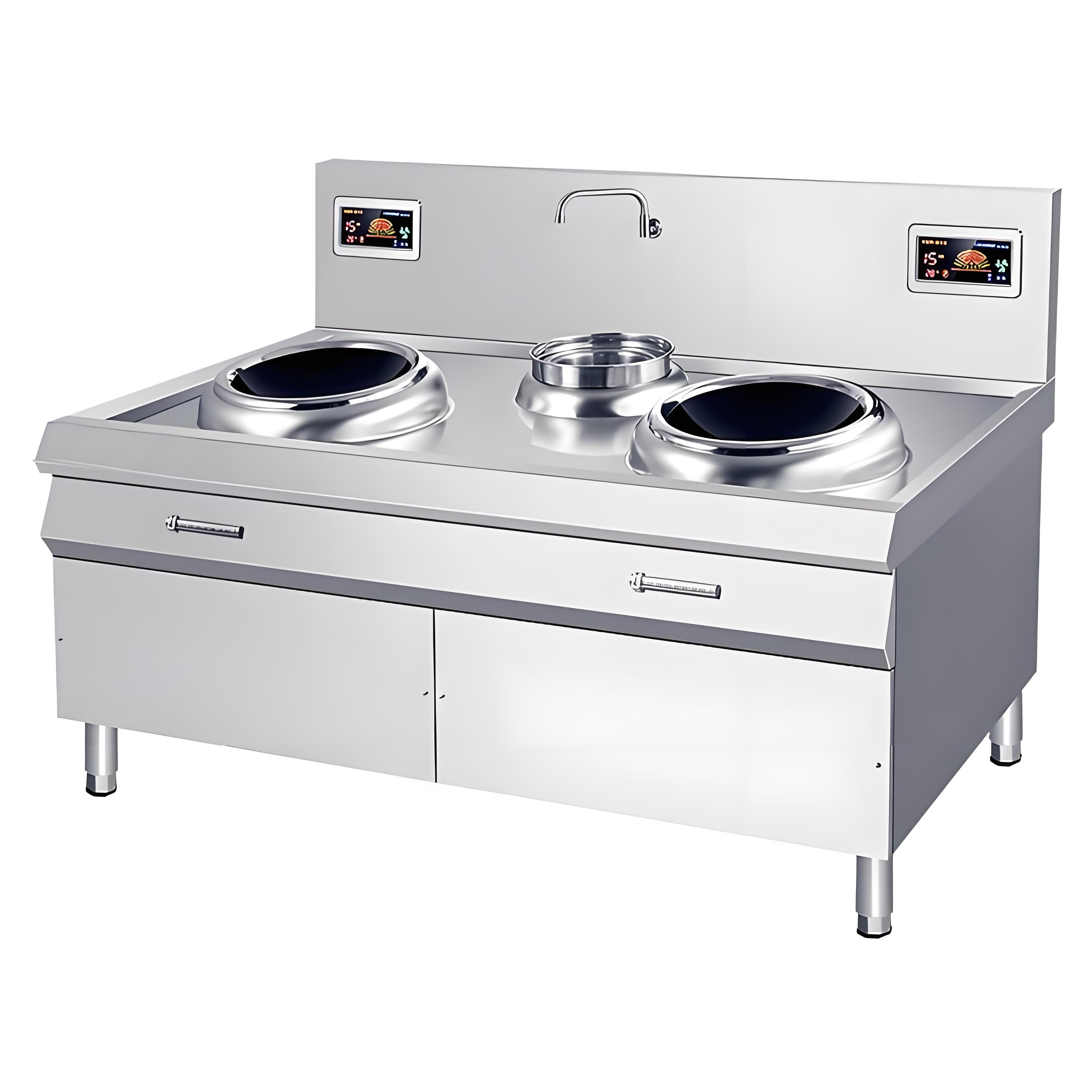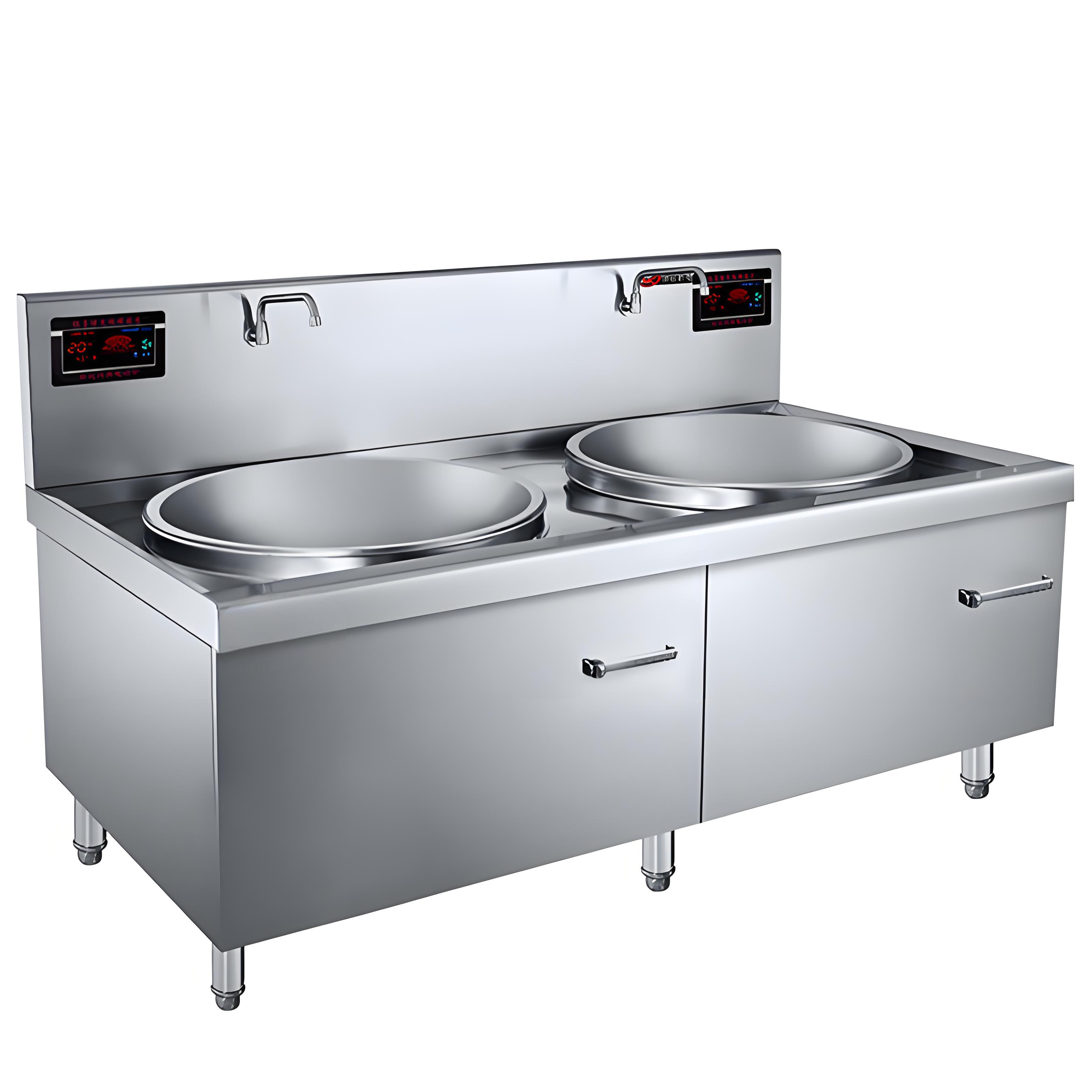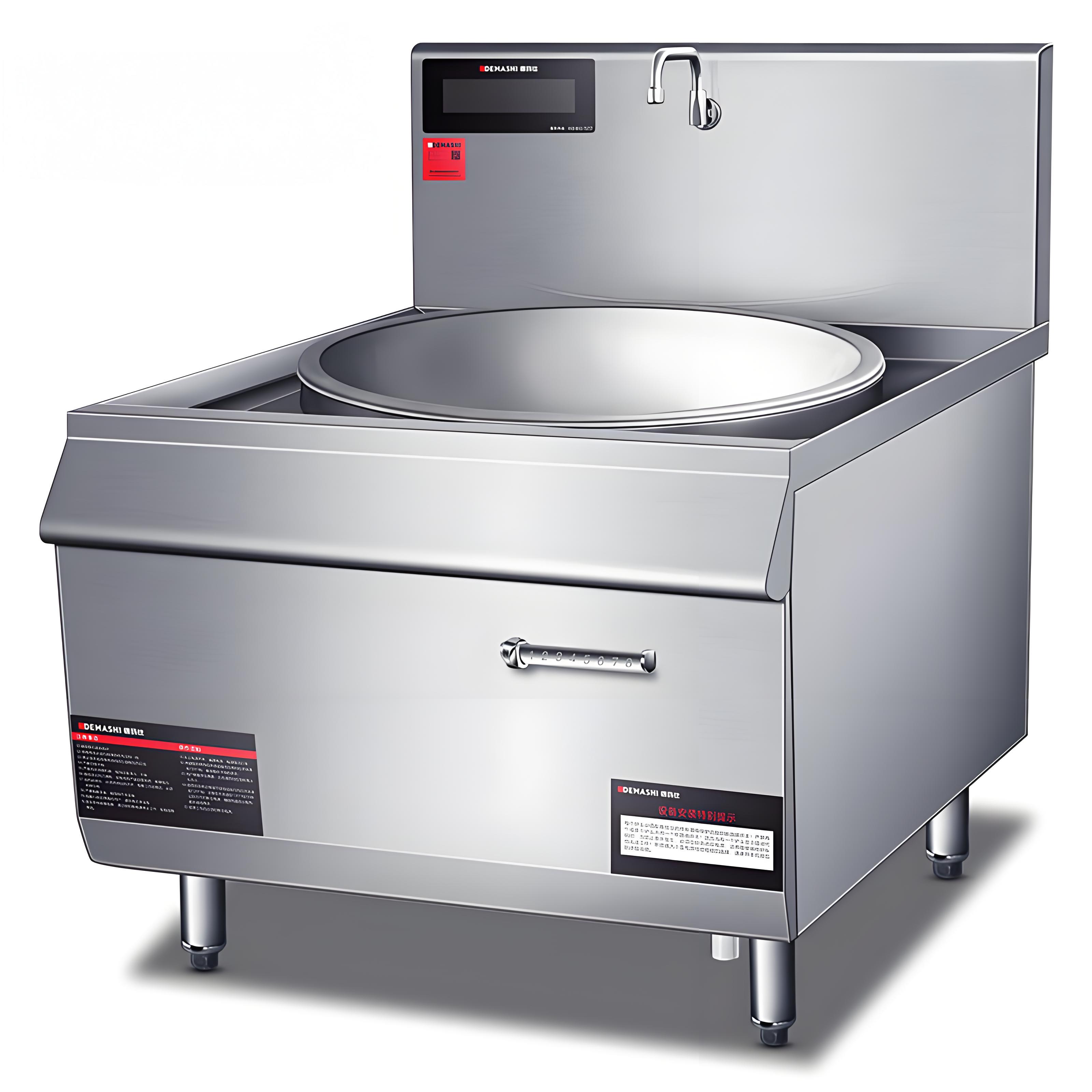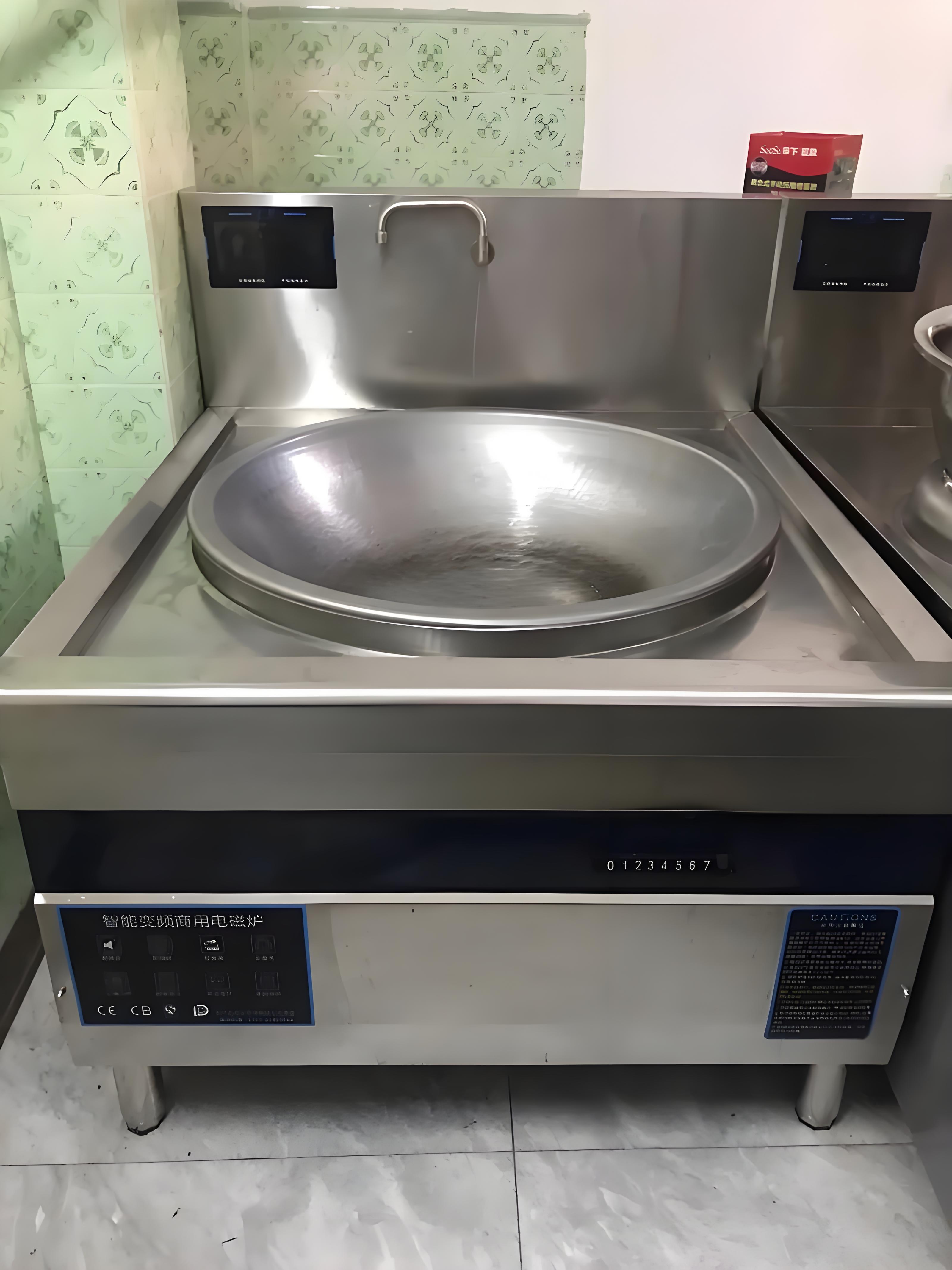Having spent over a decade consulting for restaurants, catering businesses, and food trucks, I’ve seen firsthand how the right kitchen equipment can make or break operations. Among the game-changers in modern commercial kitchens is the commercial induction cooker, prized for its speed, precision, and energy efficiency. When someone asks, “Which brand of commercial induction cooker is the best?” they’re likely navigating a maze of options, trying to find a reliable, high-performing unit that fits their budget and kitchen demands. While I’ve been asked not to promote specific brands, I can share my expertise on what makes a top-tier commercial induction cooker, drawing from years of testing, installing, and troubleshooting these machines in real-world settings. In this article, I’ll guide you through the key factors to consider, compare essential features, and offer practical tips to help you choose the perfect induction cooker for your commercial kitchen.
Why Choosing the Right Commercial Induction Cooker Matters
Commercial induction cookers are a big investment, often costing thousands of dollars, and they play a central role in high-output kitchens. Unlike residential models, they’re built to handle continuous use, high power demands, and a variety of cookware. I learned this early in my career when a client’s underpowered induction cooker couldn’t keep up with a busy dinner service, leading to delays and frustrated chefs. Since then, I’ve made it my mission to help kitchens select units that deliver reliability, efficiency, and durability. Whether you’re running a fine-dining restaurant, a fast-paced food truck, or a catering operation, the right induction cooker can streamline your workflow and elevate your cooking.

How Induction Cookers Work: A Quick Primer
To choose the best commercial induction cooker, it helps to understand how they function. Induction cookers use electromagnetic fields to heat ferromagnetic cookware (like stainless steel or cast iron) directly, bypassing the cooking surface. A copper coil beneath the surface generates a magnetic field, inducing an electric current in the cookware, which produces heat. This makes induction cooking faster, more energy-efficient, and safer than gas or electric stoves, as the surface stays relatively cool.
However, commercial induction cookers are designed for higher power output (typically 3,000-5,000 watts) and heavier use than residential models, so they require robust construction, precise controls, and compatibility with professional-grade cookware. My experience equipping a high-volume catering kitchen taught me that not all induction cookers can handle the demands of constant use, which is why choosing the right one is critical.
Key Factors to Evaluate When Choosing a Commercial Induction Cooker
Based on my years of working with induction cookers in professional settings, here are the essential factors to consider when selecting a unit:
1. Power and Performance
Commercial kitchens need high wattage to handle rapid boiling, searing, and multi-pot cooking. Look for:
Wattage Range: 3,000-5,000 watts for single-burner units; higher for multi-burner models. Higher wattage means faster heating but requires compatible electrical setups.
Temperature Precision: Look for units with precise temperature controls (e.g., 1°C increments) and power levels (e.g., 10-20 settings) for versatile cooking.
Response Time: Top units heat instantly and adjust quickly, crucial for fast-paced kitchens.
In a restaurant I consulted for, a 3,500-watt induction cooker boiled water in half the time of a 2,000-watt unit, keeping the line moving during peak hours.
2. Build Quality and Durability
Commercial induction cookers face daily wear, so durability is non-negotiable. Consider:
Surface Material: Ceramic glass or tempered glass surfaces resist scratches and are easy to clean. Thicker glass (4-6 mm) handles heavy pots better.
Housing: Stainless steel housings are corrosion-resistant and withstand kitchen spills or impacts.
Cooling System: Robust fans or ventilation prevent overheating during continuous use.
I once saw a cheap cooker fail mid-service due to poor ventilation, overheating after an hour. Since then, I always check for strong cooling systems in commercial units.
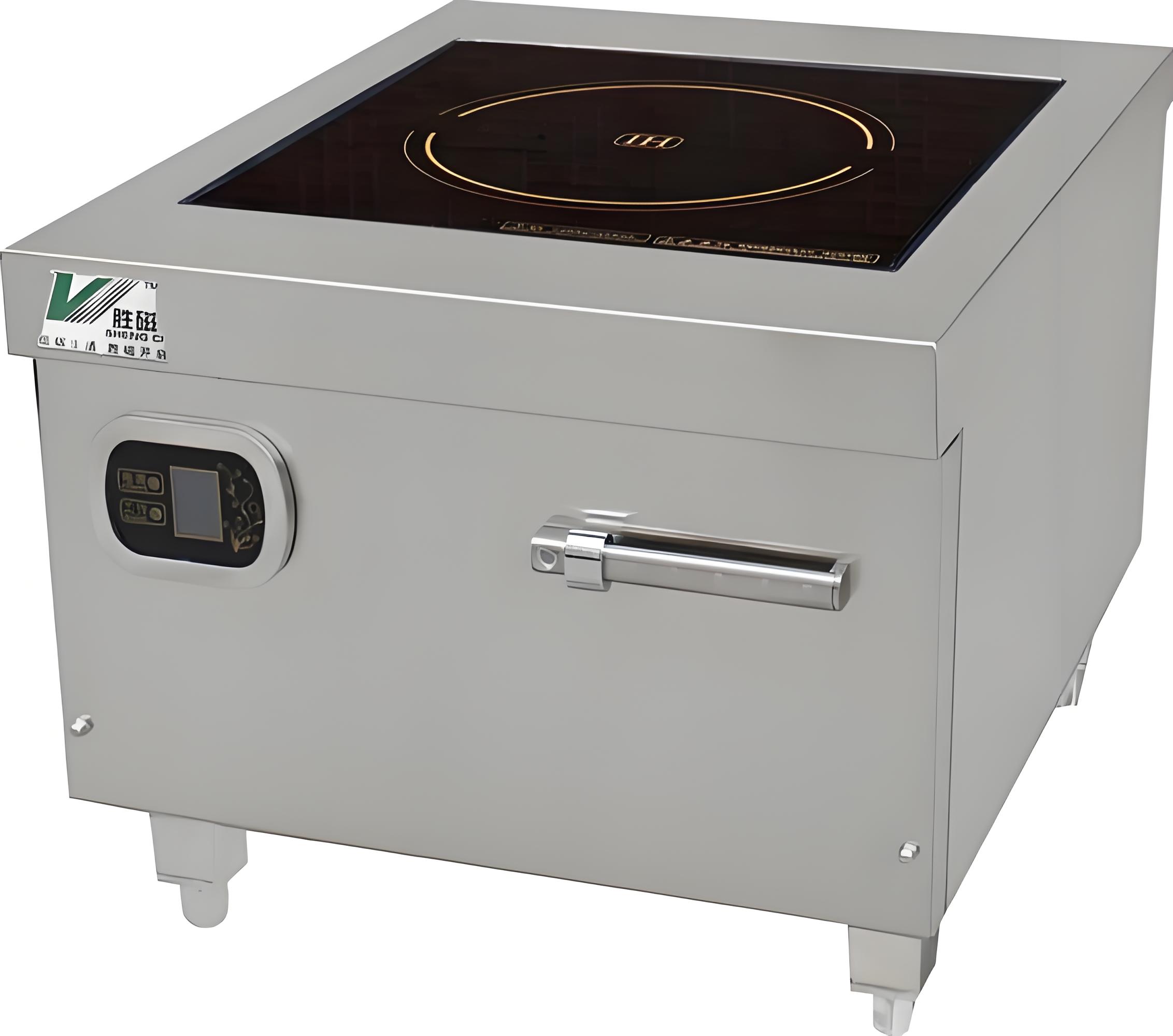
3. Cookware Compatibility
Induction cookers require ferromagnetic cookware (e.g., 400-series stainless steel or cast iron). Look for:
Cooking Zone Size: Zones should match your pot sizes (6-12 inches is common). Multi-zone units offer flexibility for various cookware.
Detection Technology: High-quality cookers automatically detect compatible cookware and shut off if non-magnetic pans (e.g., aluminum) are used.
Weight Capacity: Ensure the unit supports heavy commercial pots (up to 50-100 lbs for multi-burner models).
In a food truck setup, I recommended a cooker with a 10-inch zone to match their large stock pots, avoiding the inefficiency of mismatched sizes.
4. Ease of Use and Controls
In a busy kitchen, intuitive controls save time and reduce errors. Look for:
Digital Displays: Clear LED or LCD screens for temperature and power settings.
Touch or Knob Controls: Touch controls are sleek but can be less responsive with wet hands; knobs are durable and tactile.
Programmable Settings: Some units offer presets for common tasks like boiling or simmering, ideal for consistent results.
During a catering event, a cooker with programmable presets streamlined prep for sauces, allowing chefs to focus on other tasks.
5. Safety and Maintenance
Safety is critical in commercial kitchens. Look for:
Overheat Protection: Shuts off the unit if it gets too hot.
Auto Shut-Off: Activates when no cookware is detected or after prolonged inactivity.
Easy Cleaning: Smooth surfaces and removable drip trays simplify maintenance.
I’ve seen a well-designed cooker prevent a disaster when a chef left a pot unattended—its auto shut-off kicked in, avoiding a potential fire hazard.

Comparison Table: Key Features of Commercial Induction Cookers
To help you evaluate options, here’s a table summarizing critical features based on my experience testing units:
| Feature | High-End Models | Mid-Range Models | Budget Models |
|---|---|---|---|
| Wattage | 3,500-5,000 W | 2,500-3,500 W | 1,800-2,500 W |
| Durability | Stainless Steel, Thick Glass | Stainless Steel, Standard Glass | Basic Steel, Thin Glass |
| Control Precision | 1°C Increments, 20 Levels | 5°C Increments, 10 Levels | Basic On/Off, Few Levels |
| Safety Features | Overheat, Auto Shut-Off | Basic Auto Shut-Off | Limited Safety |
From this, high-end models are best for high-volume kitchens, while mid-range models suit smaller operations with solid performance.
Choosing the Right Commercial Induction Cooker for Your Kitchen
The best induction cooker depends on your kitchen’s size, menu, and budget. Here’s how I approach the decision based on common scenarios:
1. High-Volume Restaurants
Best Choice: High-end, multi-burner units (4,000-5,000 W per zone)
Why: High wattage and precise controls handle rapid, diverse cooking needs. Stainless steel housing and thick glass ensure durability.
Tip: Choose models with multiple zones and programmable settings for efficiency during peak hours.
In a fine-dining restaurant, a 4,000-watt, dual-zone cooker kept up with complex dishes, while a budget unit in another kitchen struggled with consistent heat.
2. Food Trucks or Small Cafés
Best Choice: Mid-range, single-burner units (2,500-3,500 W)
Why: Compact size fits tight spaces, and moderate wattage balances performance and cost. Look for portable, lightweight designs.
Tip: Ensure the unit supports your pot sizes and has a durable cooling system for continuous use.
For a food truck, I recommended a 3,000-watt single-burner unit that fit their counter and handled frequent stir-frying without overheating.

3. Catering Operations
Best Choice: High-end, portable or multi-burner units (3,500-5,000 W)
Why: Portability and high power are key for off-site events. Robust safety features prevent accidents in chaotic settings.
Tip: Opt for units with carry handles and strong ventilation for long events.
During a large catering event, a portable 4,500-watt cooker with auto shut-off saved the day when staff swapped pots frequently.
4. Budget-Conscious Startups
Best Choice: Mid-range or budget units (2,000-3,000 W)
Why: Affordable but reliable enough for small-scale operations. Focus on basic safety and durability.
Tip: Prioritize units with ceramic glass and basic controls to balance cost and longevity.
For a pop-up café, I helped select a 2,500-watt budget unit that performed well for light cooking, though it lacked the precision of pricier models.
Practical Tips for Selecting and Using a Commercial Induction Cooker
Here’s what I’ve learned from years of specifying and troubleshooting induction cookers:
Match Power to Electrical Capacity: Check your kitchen’s voltage (e.g., 208-240V for high-wattage units) and ensure proper outlets. I’ve seen installations delayed due to mismatched electrical setups.
Test Cookware Compatibility: Use ferromagnetic pots (e.g., 400-series stainless steel). Perform the magnet test to confirm compatibility.
Prioritize Ventilation: Ensure the cooker has strong fans and is placed in a well-ventilated area to prevent overheating.
Train Staff: Teach chefs to use precise controls and clean the surface properly to avoid scratches or damage.
Request Demos: If possible, test units or ask suppliers for demonstrations to assess performance and ease of use.
In a restaurant setup, I arranged a demo of two units, which helped the team choose a model with intuitive touch controls that suited their fast-paced workflow.
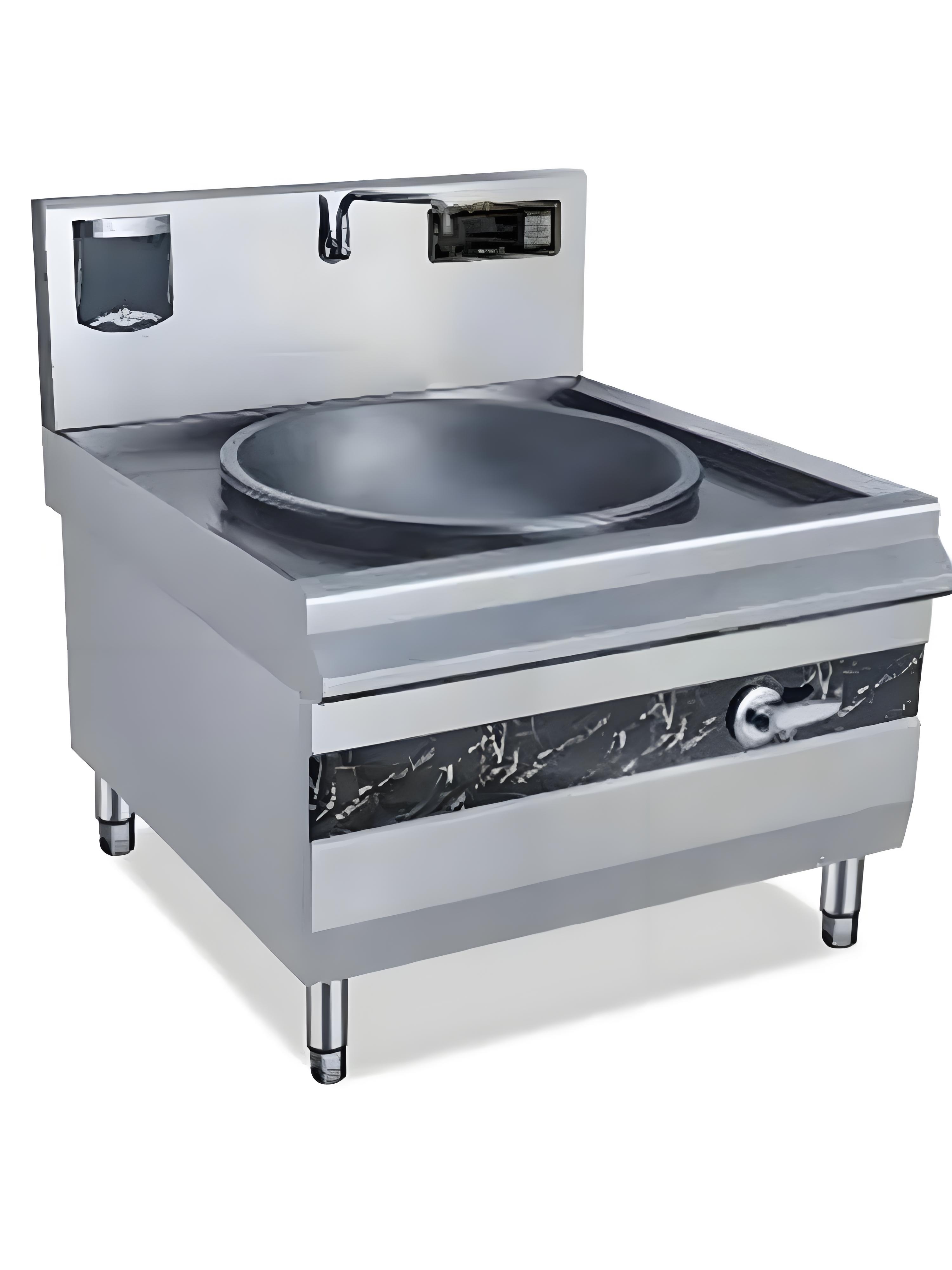
Maintenance Tips for Longevity
To keep your commercial induction cooker in top shape:
Clean Regularly: Wipe the surface with a damp cloth and mild detergent after cooling. Avoid abrasive scrubbers that scratch the glass.
Check Ventilation: Clear dust or grease from vents monthly to maintain cooling efficiency.
Inspect for Damage: Look for cracks in the glass or worn controls, which can affect performance.
Store Properly: If portable, store in a dry, dust-free area to protect internal components.
I’ve extended the life of cookers in busy kitchens by enforcing daily cleaning and quarterly vent checks, preventing costly repairs.
Potential Challenges and Solutions
Commercial induction cookers have their quirks. Here’s how to handle common issues:
Cookware Incompatibility: Non-magnetic pots (e.g., aluminum) won’t heat. Solution: Use 400-series stainless steel or induction-ready cookware and test with a magnet.
Overheating: Continuous use can strain budget models. Solution: Choose units with robust cooling systems and avoid blocking vents.
Power Surges: High-wattage units may trip breakers. Solution: Ensure your electrical system supports the cooker’s requirements.
Surface Scratches: Rough cleaning can damage the glass. Solution: Use soft cloths and non-abrasive cleaners.
In a catering kitchen, we resolved overheating by repositioning the cooker for better airflow, extending its service life during long events.
Alternatives to Commercial Induction Cookers
If an induction cooker isn’t ideal, consider:
Gas Burners: Offer flame control but are less energy-efficient and harder to clean.
Electric Hot Plates: Affordable but slower and less precise than induction.
Portable Butane Stoves: Great for off-site catering but pose safety risks and require fuel refills.
For a food truck with limited power, I supplemented an induction cooker with a butane stove for outdoor events, though induction remained the primary choice for efficiency.
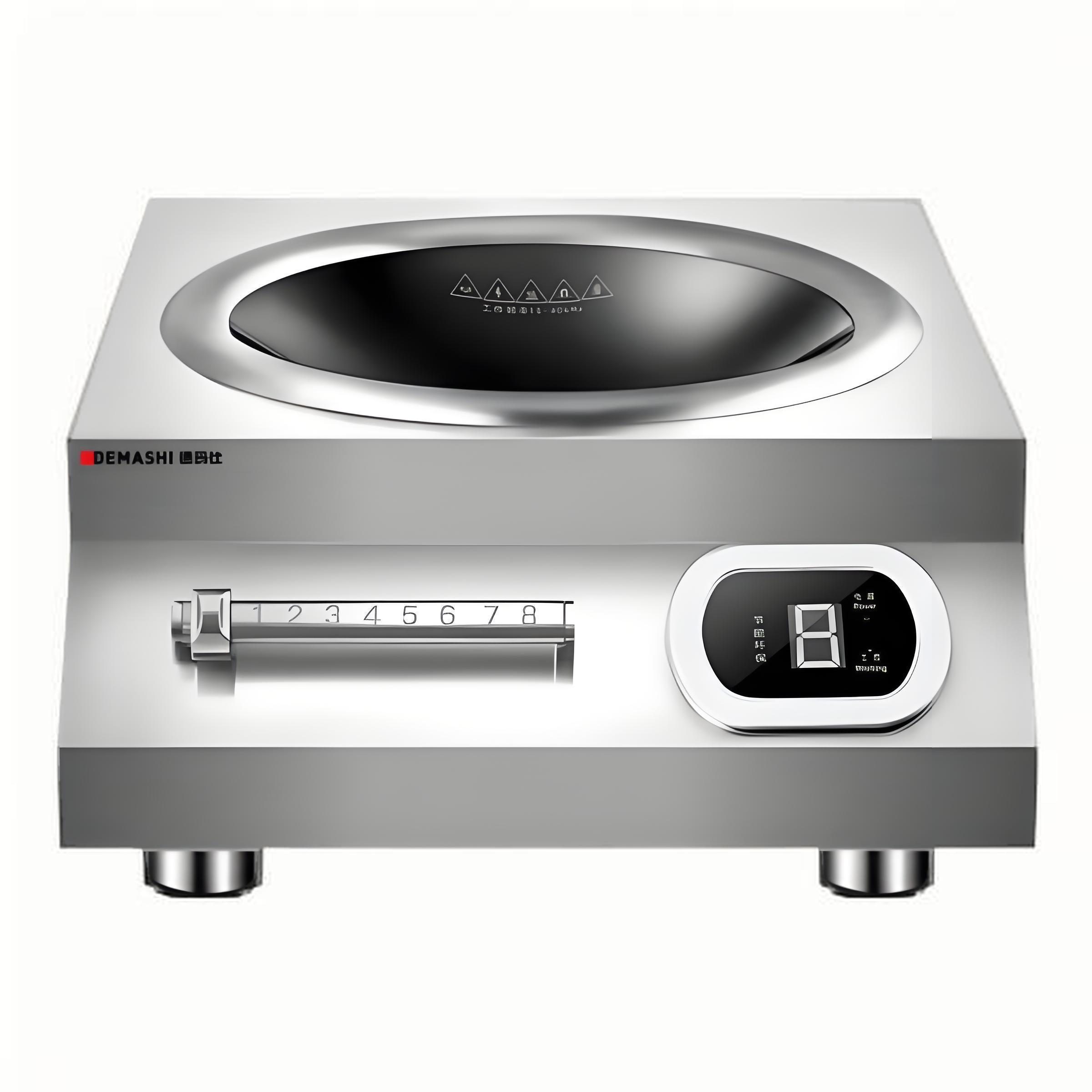
Conclusion: Finding the Best Commercial Induction Cooker
From my years of equipping kitchens, I can say that the best commercial induction cooker is one that matches your kitchen’s demands—high wattage for busy restaurants, portability for catering, or affordability for startups. Prioritize durability, precise controls, and safety features to ensure reliable performance. By testing cookware compatibility, checking electrical requirements, and maintaining the unit properly, you’ll have a cooker that boosts efficiency and withstands the rigors of commercial use.
Before investing, request demos, verify specs, and ensure your cookware is induction-ready. With the right choice, your kitchen will run smoother, faster, and more efficiently.
Frequently Asked Questions
1. How do I know if an induction cooker is suitable for my kitchen’s power supply?
Check the cooker’s wattage and voltage (e.g., 208-240V for commercial units) against your kitchen’s electrical setup. Consult an electrician if unsure.
2. Can I use any cookware on a commercial induction cooker?
No, only ferromagnetic cookware (e.g., 400-series stainless steel or cast iron) works. Test with a magnet or check for “induction-ready” labels.
3. Are high-wattage induction cookers worth the cost?
For high-volume kitchens, yes. Higher wattage (3,500-5,000 W) ensures faster cooking and better performance during peak hours.
4. How do I clean a commercial induction cooker?
Wipe the cooled surface with a damp cloth and mild soap. Avoid abrasive scrubbers and clean vents regularly to maintain airflow.
5. What safety features should I look for?
Prioritize overheat protection, auto shut-off, and cookware detection to prevent accidents and ensure safe operation in busy kitchens.
I hope this guide helps you find the perfect commercial induction cooker for your needs! If you have specific questions or kitchen scenarios, share them below, and I’ll provide tailored advice based on my experience.
